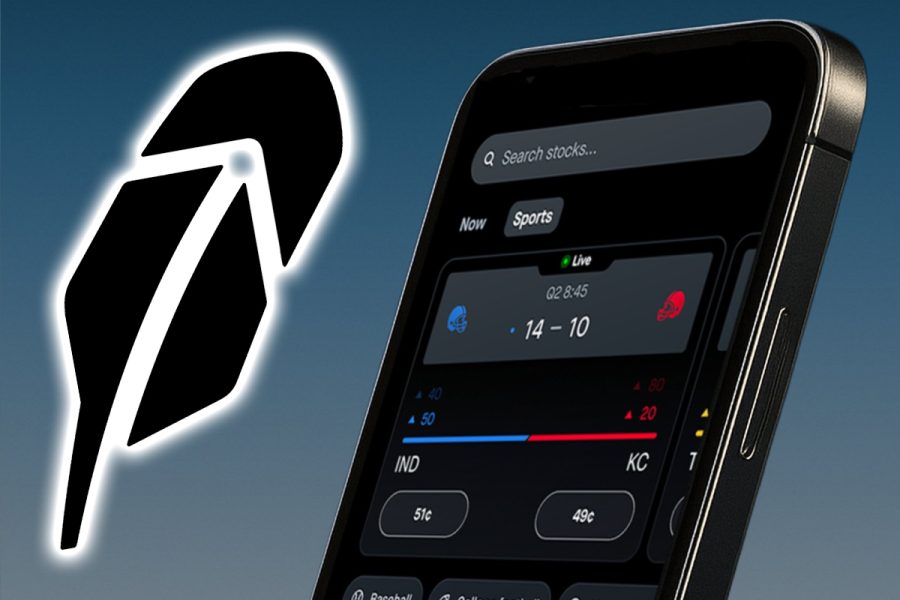How much do stocks have to drop before trading is halted? The details on market 'circuit breakers'
When stock prices and stock futures fall rapidly in a single session, exchanges implement halts in trading to allow a moment for cooler heads to prevail.

A trader works on the floor of the New York Stock Exchange (NYSE) at the opening bell in New York City, on April 7, 2025.
Timothy A. Clary | Afp | Getty Images
When stock prices and stock futures fall rapidly in a single session, exchanges implement halts in trading to allow a moment for cooler heads to prevail and avoid market crashes we've seen in the past on Wall Street.
Such moves usually take place during times of extreme market volatility, such as March 2020 — when the Covid-19 pandemic sent global markets tumbling. This time, surging global trade tensions sparked by surprisingly high universal tariffs implemented by President Donald Trump are putting massive pressure on equities, with the sell-off continuing on Monday.
Circuit breakers
During the regular hours of 9:30 a.m. ET to 4 p.m. ET, trading in equities may be paused market-wide if declines in the S&P 500 trigger a "circuit breaker." These occur when the benchmark index falls by a certain amount intraday, leading exchanges to briefly stop all trading. All major stock exchanges abide by these trading halts.
There are three circuit breaker levels:
Level 1: The S&P 500 falls 7% intraday. If this occurs before 3:25 p.m. ET, trading is halted for 15 minutes. If it happens after that time, trading continues unless a level 3 breaker is tripped up.Level 2: The S&P 500 drops 13% intraday. If this occurs before 3:25 p.m. ET, trading stops for 15 minutes. If it happens after that time, trading continues unless a level 3 breaker is triggered.Level 3: The S&P 500 plunges 20% intraday. At this point, the Exchange suspends trading for the remainder of the day.The benchmark closed Friday's session at 5,074.08. Here are the thresholds the S&P 500 needs to reach during Monday's session the different circuit breakers to be triggered:
Level 1: 4,718.89Level 2: 4,414.45Level 3: 4,059.26'Limit down' futures
In non-U.S. trading hours — between 6 p.m. ET and 9:30 a.m. ET the following day — if S&P futures are down 7%, then trading is halted until traders willing to buy the contract at the "limit down" level emerge.
Russell 2000 futures, which track the small-cap benchmark, briefly reached that threshold overnight, falling 7% before bouncing.
Wall Street is coming off a horrid session. On Friday, the S&P 500 dropped nearly 6%, its worst day since March 16, 2020 — when it dropped 11.98%. The Dow Jones Industrial Average plunged 6.9%, its biggest one-day decline since June 11, 2020. The Nasdaq Composite tumbled 5.8% on Friday and ended the day in a bear market, down more than 20% from its record high set in December.
The selling continued Monday, with the S&P 500 losing 4.5% and entering bear market territory, down more than 20% from a record high set in February.

 Tfoso
Tfoso 



















![The 2026 AI Search Benchmark Every SEO Leader Needs [Webinar] via @sejournal, @lorenbaker](https://www.searchenginejournal.com/wp-content/uploads/2025/11/1-259.png)










